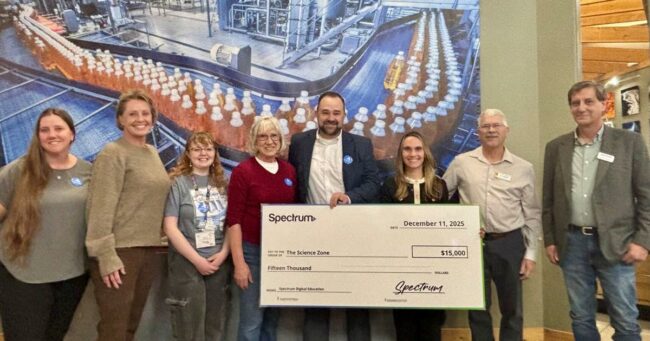GVT Al Jeter Concert Series features West Virginia Jazz Orchestra
… and two dynamic vocalists, the West Virginia Jazz Orchestra brings the golden … this special holiday concert.”
The West Virginia Jazz Orchestra is the Mountain … live, professional quality theatre in West Virginia and, through theatre, to enlighten …







